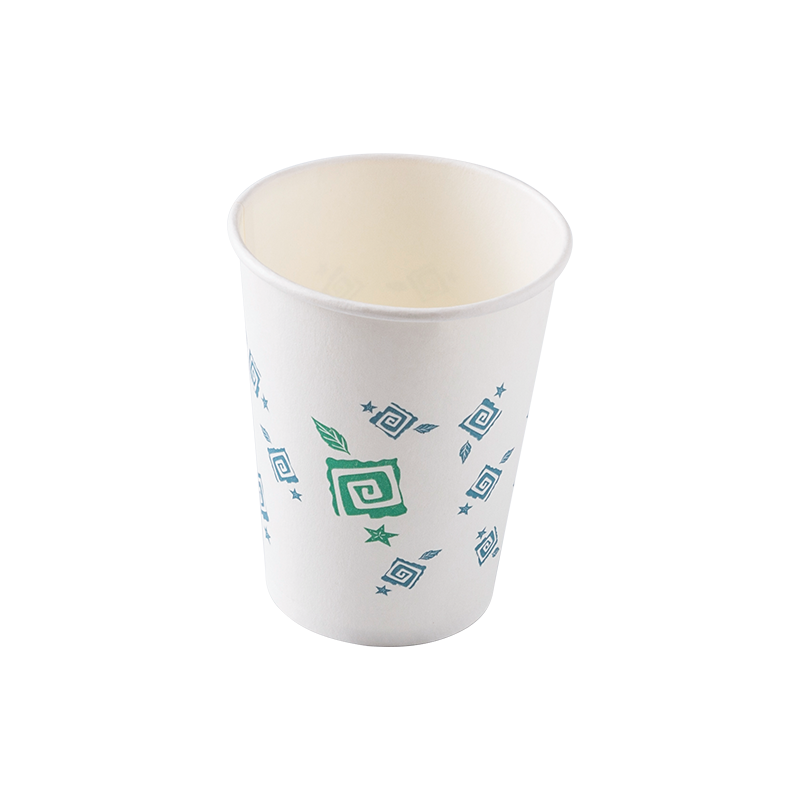During the early twentieth century, paper cups were developed to help people save money, protect their health, and reduce the waste associated with drinking. This new technology was first developed by Boston attorney Lawrence Luellen and his associate Hugh Moore. They began an advertising campaign to spread the message that disposable drinking cups were safe and healthy. They were eventually named the Dixie Cup in 1919.
Today, paper cups are used for hot and cold beverages at various places. They are made from a solid bleached sulphate (SBS) paperboard, and they are generally lined with a polymeric barrier liner. They are also commonly lined with a moisture-resistant double polyethylene lining, which prevents the paper from weakening and deteriorating.
Paper cups are now being recycled through various recycling programs. Several cities and municipalities across Canada have launched programs for the collection and disposal of paper cups. This has created a new market for recovered paper cups. However, the recycling of paper cups is still not widely available. The main bottleneck in the recycling of paper cups is collection. This is where consumers need to be aware of the right bins and how to get their cups to these bins. In addition, more commercial establishments need to offer paper cup recycling programs. In order to reduce the amount of paper cups that end up in landfills, more municipalities should establish programs that involve cup recycling.
The first paper cup was patented in 1912. This was the prototype paper cup designed by Boston attorney Lawrence Luellen and his associate, Hugh Moore. In the early twentieth century, paper cups were used in Imperial China and Imperial China was a hot spot for the development of paper cups. Later, the flu epidemic in 1918 caused a shift in disposable cup design. During this time, paper was coated with wax or paraffin to help waterproof the cup.
The earliest disposable paper cups were made from paper coated with wax or paraffin. A clay or wax lining was also used to help waterproof the cup.
The paper cup with the most technologically advanced lining was made from a blend of super-platy kaolin and polylactic acid. These materials provide a physical barrier to water, oil, and grease. It is also a 100% compostable product. This coating is generally not the best choice for paper coffee cups that have high moisture resistance.
There are several efforts underway to develop new and more environmentally friendly paper cup technologies. Some of the developments involve integrating mills to control the porosity of the basesheet. They also involve coatings with acrylate or polymer systems. These coatings are designed to make the cup re-pulpable, heat-sealable, and liquid barrier-resistant.
Paperboard cupstock consumption is expected to triple over the next 20 years. Some of the new coating processes are expected to help reduce unit cupstock costs. Some new technologies may be commercially compostable. Some of these new coating systems are at the machine trial stage.
There are several partnerships being formed to develop new recycling solutions for paper cups. These partnerships will help lower the paper cup's carbon footprint and reduce its dependence on fossil oil-based materials. Some of the new solutions are already being used by manufacturers and consumers. These new solutions offer more consumer choice. They also reduce the amount of waste that end up in landfills.


Waterproof and durable: Our paper cups are made of thicker paper, which is sturdy and comfortable to hold. And the bond is tight, you can fill the liquid into the paper cup, and the cup will not deform and leak. So as to bring a better experience to customers!
Safe and Eco-friendly: These disposable paper cups are made of food grade paper. Compared with plastic cups, using paper cups is safer and more secure. In addition, our disposable paper cups are environmentally friendly and recyclable, and can be thrown away after use.

 English
English







